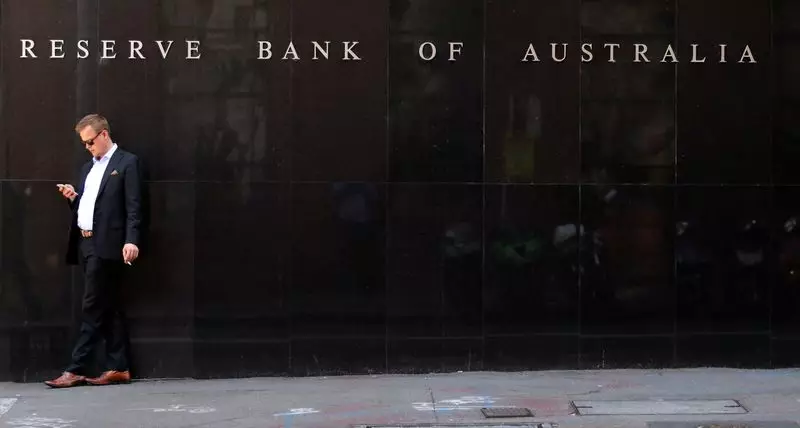Australia’s economic landscape has been shaped significantly by the challenges of managing inflation. Recently, a notable perspective was presented by Sarah Hunter, Assistant Governor of the Reserve Bank of Australia (RBA), during a conference in Sydney. She articulated that, despite public concerns around inflation, expectations have not yet diverged from the central bank’s goals. This assessment holds considerable weight as the RBA continues its efforts to navigate the post-pandemic economic recovery, keeping a close eye on inflation indicators.
While inflation rates have surged in recent months, Hunter emphasized that Australian households seem to absorb these changes without letting them overly influence their expectations for future price rises. This observation is crucial, as it suggests a resilience within consumer sentiment that may prevent a destabilizing spiral of inflation, where heightened price expectations lead to higher wage demands and further inflation. The RBA has identified a disconnect between wage expectations and inflation projections, indicating that the link may not be as direct as once perceived.
Since elevating the cash rate from a historically low 0.1% to 4.35%, the central bank has opted for a period of stability in interest rates, adopting a wait-and-see approach. Policymakers believe that maintaining this rate is essential to steering inflation back towards the target range of 2%-3% while simultaneously safeguarding employment opportunities. Hunter’s insights reveal a delicate balancing act facing the RBA as it attempts to manage immediate inflationary pressures without stifling economic growth or fueling unemployment.
Despite these efforts, underlying inflation remains stubbornly high at 3.9%, prompting concerns over whether the RBA’s strategies will yield the desired decreases by 2026. The persistence of inflation above the targeted range underscores the dynamic and often unpredictable nature of economic conditions. Market indicators such as swap rates, which currently suggest only a 40% likelihood of interest rate cuts by December, reflect a broader skepticism about the central bank’s capacity to achieve its goals in the near term.
In essence, Hunter’s address serves as a reminder of the complexities inherent in monetary policy decision-making. While the immediate outlook regarding inflation expectations appears stable, the RBA remains vigilant in its assessment of evolving economic conditions. The challenge lies in accurately interpreting consumer sentiment and adjusting policy levers accordingly to anticipate any potential shifts in expectations that could disrupt the current equilibrium.
The RBA’s commitment to continuous monitoring and analysis of inflation dynamics indicates that policymakers are prepared to respond if risks develop. Engaging with the community to understand the formation of inflation expectations further fortifies the bank’s position. Ultimately, as Australia navigates these economic waters, the interplay between inflation management and maintaining employment will remain a critical focus for the Reserve Bank. The journey ahead will undoubtedly require a delicate balance of foresight and responsiveness to emerging economic trends.

